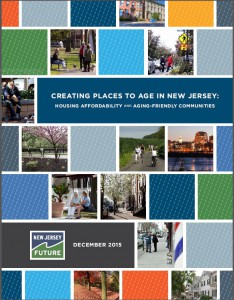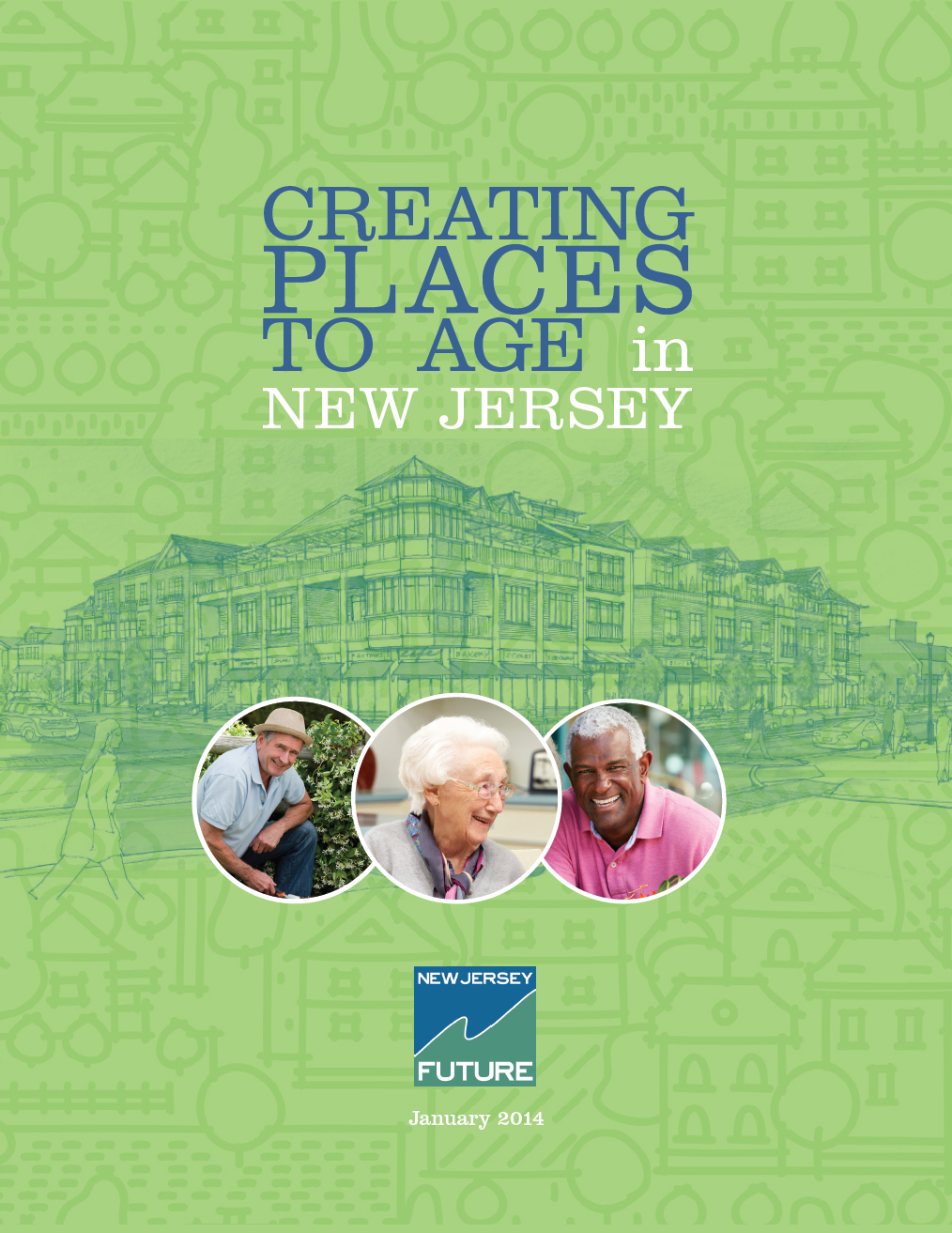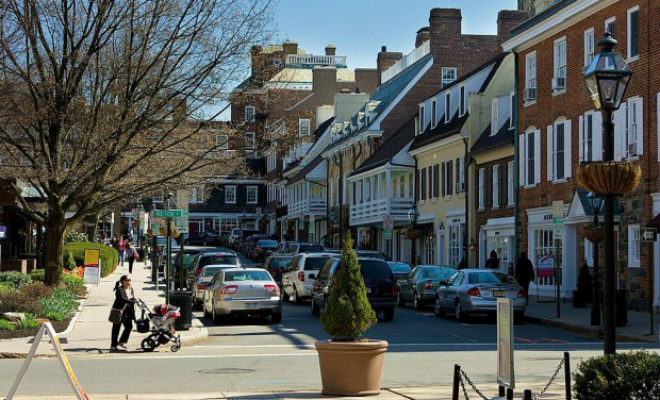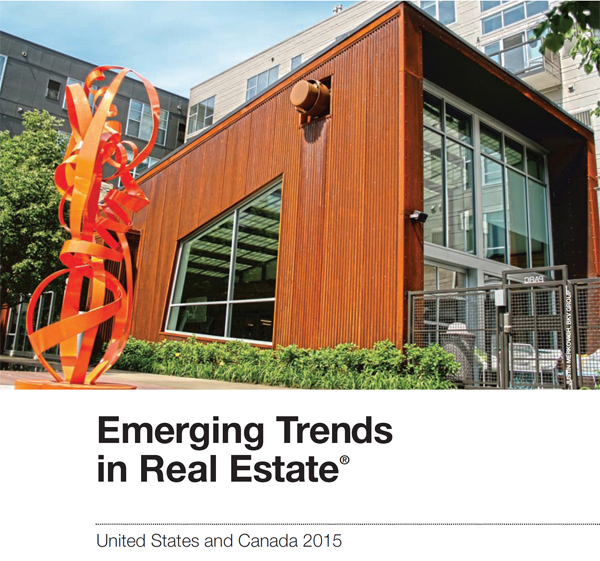New Jersey Future Blog
Can New Jersey’s Older Residents Afford Their Housing?
December 8th, 2015 by Elaine Clisham
 A new report released today by New Jersey Future takes a municipality-by-municipality look at the issue of housing affordability for the state’s older residents, and finds that in many places, older residents suffer significant housing cost burdens.
A new report released today by New Jersey Future takes a municipality-by-municipality look at the issue of housing affordability for the state’s older residents, and finds that in many places, older residents suffer significant housing cost burdens.
The report, Housing Affordability and Aging-Friendly Communities, identifies two primary types of places where high percentages of older residents have difficulty paying their housing costs:
- Lower-income communities. These are places with high rates of housing cost burden for all residents, regardless of age. They are primarily places where limited incomes create difficulties in paying for housing of any type. They also tend to have good aging-friendly design characteristics, and include a few higher-demand walkable communities like Englewood, Morristown, Bergenfield, Somerville, and Nutley.
- Single-family-dominant communities. These are places where housing cost burden is a more acute problem for older households than it is for others. They tend to be lower-density, auto-dependent suburban areas where the built environment is not particularly aging-friendly, and they tend to be dominated by large single-family detached homes, a housing type not well suited to older people seeking to downsize and reduce expenses and maintenance responsibilities. (New Jersey Future analyzed the aging-friendliness of each municipality’s built environment in its January 2014 report, Creating Places To Age in New Jersey.) This group also includes places like Englewood Cliffs, Maplewood, Westfield, Pennington, and Haddonfield, that have good aging-friendly land-development characteristics but whose housing stocks consist disproportionately of large units.
“New Jersey ranks no. 1 in the nation for housing-cost burden for older residents,” said New Jersey Future Research Director Tim Evans, who authored the report. “As New Jersey’s population ages, ensuring that we can provide appropriate housing options for them becomes increasingly important. Whether it’s making sure there are enough housing choices to allow lower-income households to remain in their communities as they age, or making sure those households can afford the choices they already have, towns can look to this report as one indicator of how prepared they are to meet the housing needs of their aging residents.”
The full report is available here. Downloadable spreadsheets showing the type and degree of housing cost burden for each municipality are also available, sorted by municipality name and by housing-cost burden rank.
















